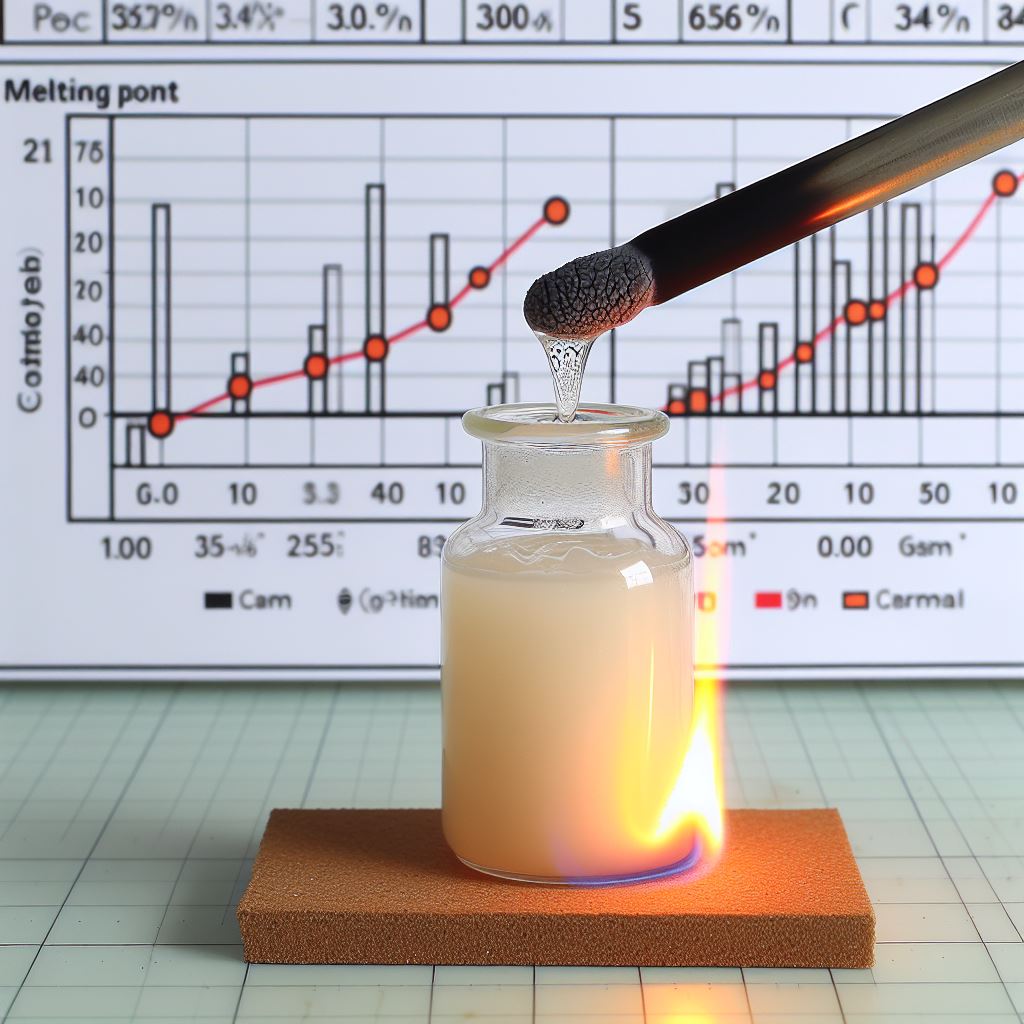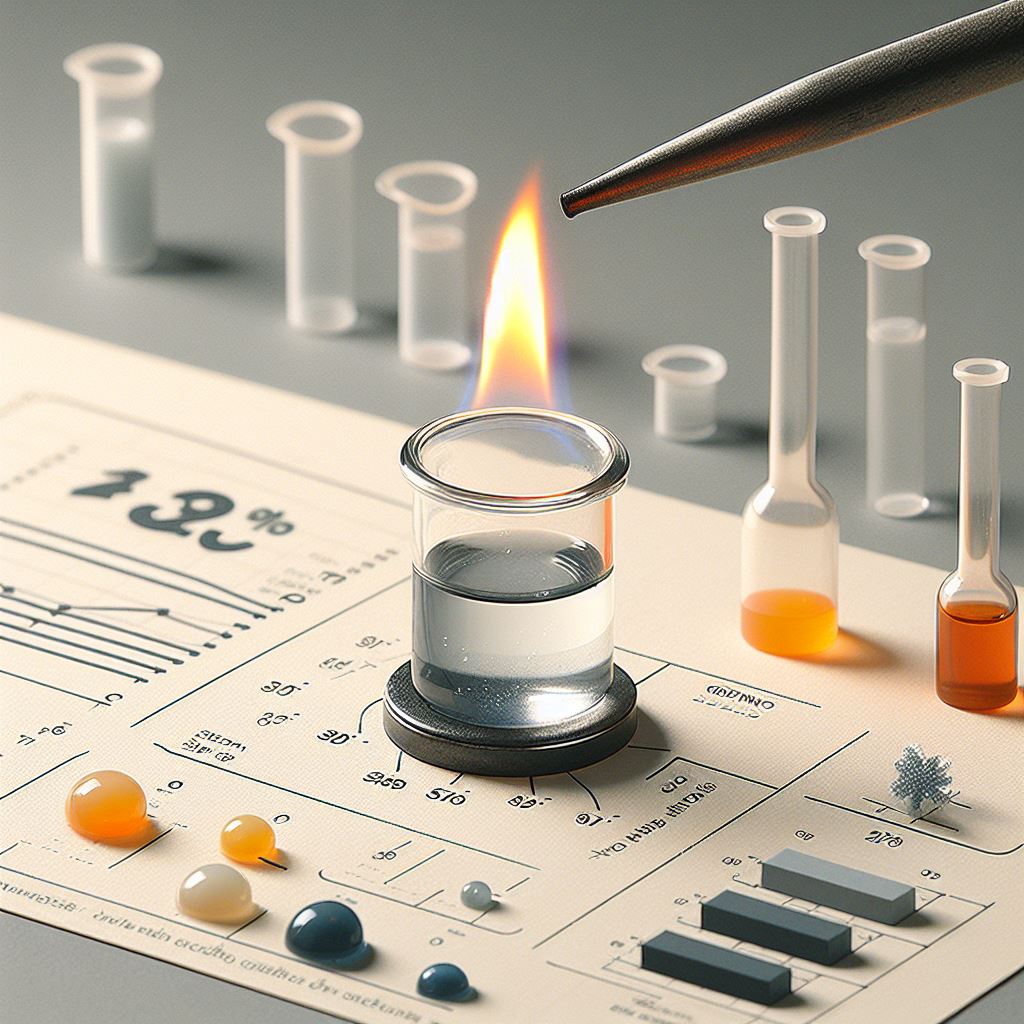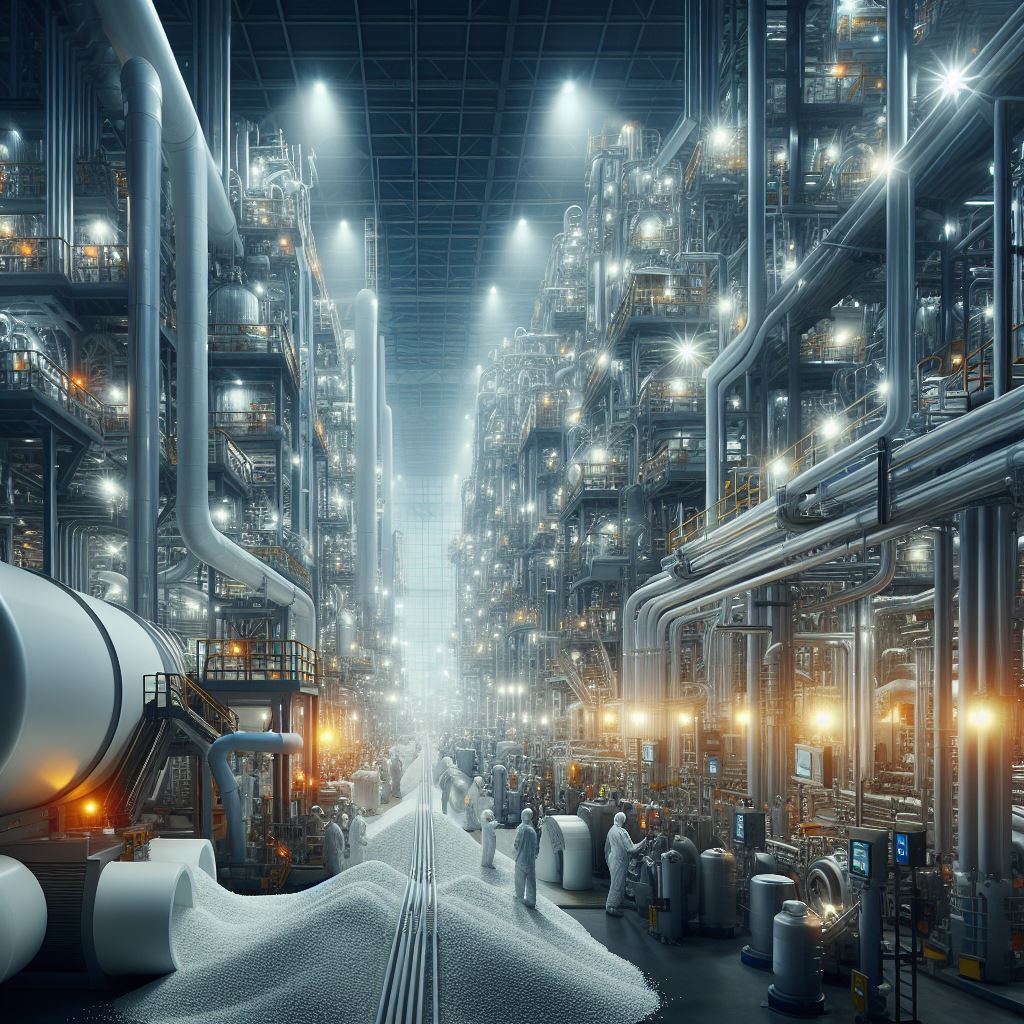Polyvinyl chloride, commonly known as PVC, is a versatile and extensively utilized synthetic polymer, celebrated for its durability and adaptability. This article delves into the core aspect of PVC that significantly influences its application in various industries: its melting point. Join us in this in-depth guide where we unravel the intricacies of PVC resin melting point, providing insights from the fundamentals to its practical implications.
Decoding PVC Resin: An Overview
What Constitutes PVC Resin?
At the heart of polyvinyl chloride lies PVC resin, the raw material integral to its production. Classified as a thermoplastic polymer, PVC resin boasts the unique ability to undergo melting and molding cycles without undergoing significant chemical alterations. This distinctive characteristic renders PVC resin suitable for an extensive array of applications, ranging from construction materials to medical devices.
The Elemental Composition of PVC Resin
PVC resin is a composition of vinyl chloride monomers that undergo polymerization, forming extended chains crucial for its structural integrity and strength. The manufacturing process introduces additives like plasticizers and stabilizers to enhance specific properties such as flexibility and heat resistance.
Unraveling the Essence of PVC Resin Melting Point

Defining the PVC Resin Melting Point
The melting point of a material marks the temperature at which it transitions from a solid to a liquid state. For PVC resin, comprehending this critical parameter is vital for determining optimal conditions during processing and manufacturing.
Navigating the PVC Resin Melting Point Range
Unlike materials with a fixed melting, PVC resin exhibits a range typically spanning from 100°C to 260°C (212°F to 500°F). This broad spectrum permits flexibility in processing, allowing tailored formulations for distinct applications.
Factors Influencing PVC Resin Melting Point
1. Chemical Composition – PVC Resin Melting Point
The chemical makeup of PVC resin, particularly the ratio of vinyl chloride monomers and the types and amounts of additives, significantly shapes its melting point. Notably, higher concentrations of plasticizers tend to lower the melting point, enhancing the material’s flexibility.
2. Processing Conditions – PVC Resin Melting Point
Processing conditions, including pressure and heating rate during molding, influence the melting point considerably. A nuanced understanding of these variables proves essential for achieving desired outcomes in manufacturing.
3. Impact of External Factors – PVC Resin Melting Point
External elements such as exposure to UV radiation and chemical agents can alter PVC resin properties, including its melting. Manufacturers must consider these environmental influences to ensure the long-term stability of PVC-based products.
Applications of PVC Resin Tied to Melting Point

Embracing Low PVC Resin Melting Point Applications
Formulations of PVC with lower melting points find their niche in products demanding flexibility and easy molding. Noteworthy examples include flexible hoses, inflatable structures, and specific packaging materials.
High PVC Resin Melting Point Applications
On the flip side, PVC formulations boasting higher melting points are ideal for applications requiring rigidity and heat resistance. Construction materials like pipes, window profiles, and robust outdoor products often leverage PVC with elevated melting points.
Crafting with PVC Resin: Techniques and Considerations
Mastering Extrusion
Extrusion, a prevalent method for PVC resin processing, particularly in pipes and profile production, necessitates meticulous temperature control to achieve desired product characteristics.
The Art of Injection Molding
Injection molding involves injecting molten PVC resin into molds to create intricate shapes. A nuanced comprehension of the melting point is imperative for determining optimal temperature and pressure settings, ensuring the production of high-quality molded products.
Calendering: Precision in Processing
Calendering entails passing PVC resin through multiple rollers to create sheets or films. Rigorous temperature control is pivotal during calendering to guarantee uniform thickness and an impeccable surface finish.
Challenges and Considerations in PVC Resin Processing

The Threat of Thermal Degradation
Excessive heat during processing poses the risk of thermal degradation of PVC resin, adversely affecting its mechanical properties. Striking a balance between temperature and processing time is critical to prevent degradation and maintain product quality.
Environmental Impact
While PVC enjoys widespread usage, its production and processing carry environmental implications. Manufacturers are increasingly exploring sustainable practices and alternative materials to address these concerns and mitigate the environmental footprint.
Paving the Way for Future Trends and Innovations
Embracing Bio-Based PVC
Researchers are actively exploring the realm of bio-based PVC, integrating renewable resources in its production. This innovative approach aims to diminish the environmental impact of PVC while preserving its desirable properties.
Smart PVC Materials: A Glimpse into the Future
Advancements in material science open avenues for smart PVC materials boasting responsive properties. These materials could find applications in self-healing structures and adaptive products, showcasing the potential for PVC in cutting-edge technologies.
In Conclusion: Empowering Decision-Making
Understanding the PVC melting point emerges as a paramount consideration for manufacturers and engineers engaged with this versatile material. From its elemental composition to the myriad factors influencing its melting, this guide provides a comprehensive understanding of PVC resin. Whether involved in construction, manufacturing, or product development, a nuanced grasp of PVC resin and its melting empowers informed decision-making, fostering the creation of high-quality products.
In the subsequent segments, we will delve deeper into the specifics of PVC resin, examining its applications, processing techniques, and the evolving landscape of innovations shaping its future. Stay tuned for a journey through the intricate world of PVC.






